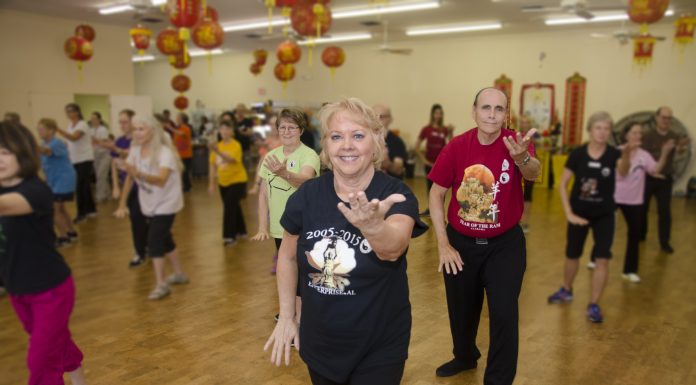The Choices That Patients Have.
Obviously, a hotly debated topic, assisted suicide is only currently an option in 6 states and Washington D.C. Perhaps one day, dying with dignity will be something that any terminal patient in any state can consider, should that be their preference given the intensity of their individual circumstances. However, patients do have the option to not be treated if they don’t want to be. Especially for those whose lives have become marked only by agonizing suffering as a direct or indirect result of their disease, staying home and being made comfortable instead of going back to the hospital and being treated aggressively might be the better way to go. The reality is they are going to die; there is no escaping this. So why do so many insist that we make those final days or weeks worse? The medical establishment is geared to treat, to save lives at any cost, even if the quality of those lives is virtually nonexistent. But the end-of-life team can offer an alternative once it has been deemed that the situation is in fact terminal. We can matter-of-factly and yet still compassionately let them know all of the options.
They don’t have to be treated. For instance, somebody who develops the complication of pneumonia has the right to stay home, be made comfortable and be let go in peace; this is a “legal” way to let them pass, one that society seems to understand.
Preparing for the End of Life
Once the patient has accepted his/her fate, once they have come to terms with dying and are thus taking steps and making arrangements for the inevitable, it really does become about making the most of those final moments. It becomes about seeing the person over the patient, because for all intents and purposes they are not a patient any longer.
Social interaction, family visits, gathering with loved ones, these can be incredibly important to the individual. As long as their body and mind can tolerate this type of interaction, I highly recommend it.
Moving around and keeping up with the pace of daily living to some extent is important if the person is able. Periods of prolonged bedrest can actually make things worse as there is an increased chance of forming clots and having even more painful implications from that.
At this point, our job is to become facilitators. It is also our job to offer any guidance and directives that we can, to help both the patient and their family understand the things that need to be done. Even the littlest details can seem insurmountable to those directly involved in this situation. A guiding hand is usually much-welcomed. Encourage the patient and/or family members to consult with their attorney. This way everyone is on the same page; they can review end of life paperwork, discuss things such as Code Status, and also of course create a will. Along the same lines, I suggest ever so tactfully prompting them to think about funeral arrangements, including the religious aspects. This helps lessen burden on family members and also gives the individual a say in what they want in the end.
Nothing about this is easy. Nothing about it is tidy or neat. It is the most difficult situation there is to try and wrap your mind around. I look at it in practical terms and from a matter-of-fact perspective because I have to; I am a doctor and this is what I regularly must deal with. As nurses, hospice care workers and medical support staff, you also are faced with looking at the practicalities of end-of-life. Together, as a team, however, we also must put ourselves in the shoes of the suffering patient. Our job is to guide patients and their families through this most difficult time and ultimately, help them make the choices that need to be made.























